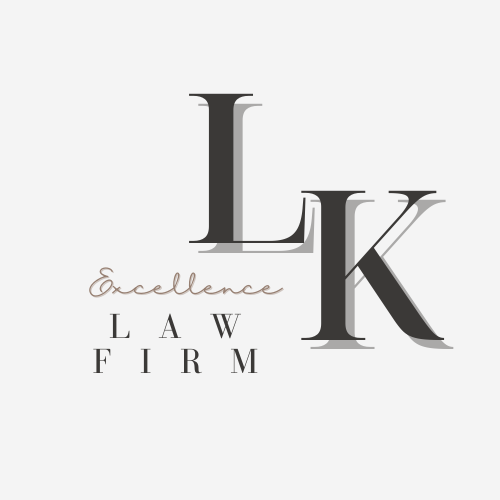AI Risk Mitigation and Legal Strategies Series No. 2: Executive Order
President Biden issued an executive order on the Safe, Secure, and Trustworthy Development and Use of Artificial Intelligence. According to my legal analysis of the Executive Order, here are my key takeaways regarding the key industries and companies that will be affected:
a. Healthcare Industry. Health insurance companies that utilize AI for healthcare delivery and financing, as well as healthcare providers that employ AI technologies, will need to comply with new AI policies. A Safety Program will be established to identify clinical errors caused by AI, analyze data to develop informal guidelines for preventing such errors and share these recommendations with healthcare providers.
b. IaaS Providers. Infrastructure as a Service (IaaS) Providers will be subject to new regulations that require them to submit a report to the Secretary of Commerce when engaged by a foreign entity for training large AI models with potential malicious cyber applications. They are also mandated to prohibit foreign resellers from providing their products unless the reseller submits reports on foreign transactions involving such AI training to the Secretary of Commerce.
c. Semiconductor Industry: The semiconductor industry will be affected by potential changes in regulations aimed at fostering competition in AI and related technologies and preventing anti-competitive practices.
d. Critical Infrastructure Owners and Operators: Companies in the following 16 critical infrastructure sectors will be subject to AI safety and security guidelines.
1. Energy
2. Water and Wastewater Systems
3. Transportation
4. Healthcare and Public Health
5. Emergency Services
6. Food and Agriculture
7. Financial Services
8. Chemical
9. Defense Industrial Base
10. Communications
11. Information Technology
12. Dams
13. Critical Manufacturing
14. Commercial Facilities
15. Government Facilities
16. Nuclear Reactors, Materials, and Waste
e. AI Development Companies: Companies that develop AI technologies, particularly those working on the foundation model that affects national security, national economic security, or national public health and safety, will be directly affected. They will need to comply with new safety and security standards, share safety test results with the government, and meet rigorous testing requirements.
f. Biotechnology and Life Sciences: Companies and research institutions involved in biotechnology, synthetic biology, and life sciences will be directly affected, particularly those working on genetic engineering, gene editing, and other biotechnology applications. They are subject to biological synthesis screening requirements.
g. Financial Institutions: Financial institutions developing AI systems that have an impact on national economic security will need to comply with new safety and security standards and share safety test results.
h. Pharmaceutical Companies: Pharmaceutical companies that conduct research in drug development and genetic therapies will need to review and adapt their practices to meet the new standards for safety and screening under the order. Pharmaceutical firms involved in drug development will be impacted by the new regulations. They will need to comply with the defined objectives, goals, and principles established for AI use in drug development.
i. Defense Contractors: Companies that conduct AI projects that affect national security, including defense contractors, will be affected by the order.
j. Cybersecurity Firms: The order encourages the development of AI-enabled cybersecurity tools and services that can help defend against emerging cybersecurity threats. Cybersecurity firms may benefit from increased opportunities, but will also need to invest in research and development to meet the higher standards imposed under the executive order.
The tangible consequences of the Executive Order on these companies and industries will depend on the specific regulations to be developed and implemented by government agencies. I will keep you posted on those developments.


